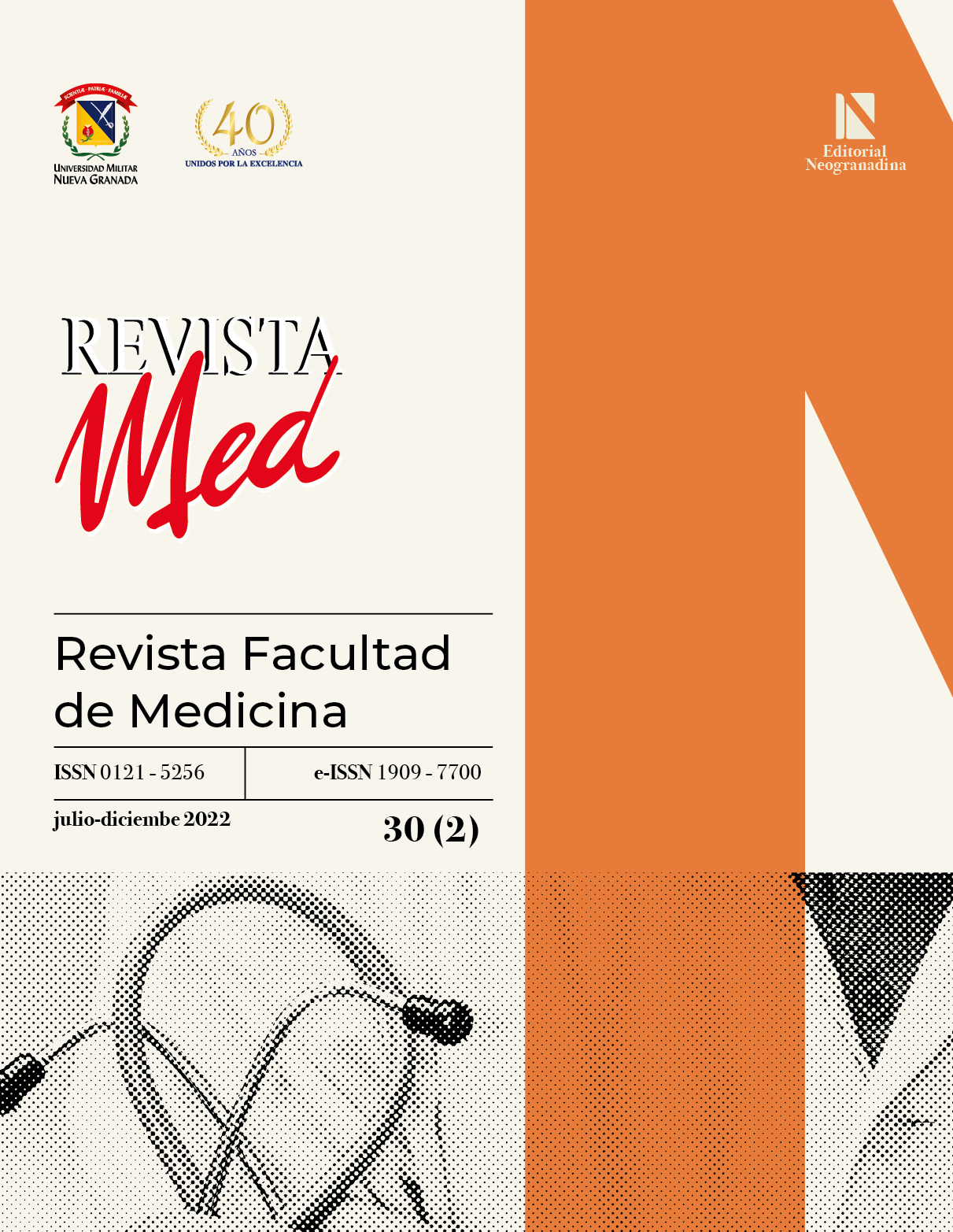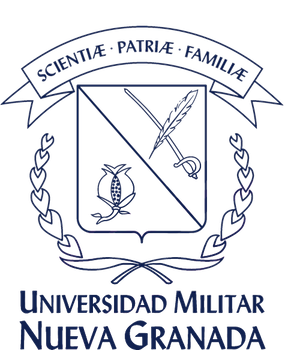Development of Anthelminthic Drugs: Update on Drug Candidates and Therapeutic Targets in the Management of Soil- Transmitted Helminthiasis
Abstract
It is estimated that 1.5 billion people worldwide are infected with some soil-transmitted helminth (STH). The decreasing efficacy of anthelminthic drugs used in preventive chemotherapy, particularly reported for the species Trichuris trichiura, motivates the search for alternative anthelminthic agents to address this situation and prevent potential drug resistance within this drug class. Objectives: This review focuses on understanding the current state of research on therapeutic targets and drug candidates reported in the literature from 2013 to 2021. Results: Information from 28 research studies, covering developments from in silico phase to clinical research, was compiled. Most studies involved advancements in omics sciences, ranging from genome annotation corrections to the identification of protein families crucial for pathogenic mechanisms. Conclusion: The information regarding drug targets and candidates presented in this review serves as a foundation for further exploration of potential applications and experimental development of these drugs for controlling soiltransmitted helminthiasis.
Downloads
References
Helmintiasis transmitidas por el suelo [Internet]. Disponible en: https://www.who.int/es/news-room/factsheets/detail/soil-transmitted-helminth-infections
Mutombo PN, et al. Diagnosis and Drug Resistance of Human Soil-Transmitted Helminth Infections:A Public Health Perspective. Adv Parasitol. [Internet].2019 Ene 1;104:247-326. https://doi.org/10.1016/bs.apar.2019.02.004
Geerts S, Gryseels B. Anthelmintic Resistance in Human Helminths: A Review. Trop Med Int Health [Internet]. 2001 Nov 1;6(11):915-21. Disponible en: https://onlinelibrary.wiley.com/doi/full/10.1046/j.1365-3156.2001.00774.x
Moreno Y, Geary TG, Tritten L. When Secretomes Meet Anthelmintics: Lessons for Therapeutic Interventions.Trends in Parasitology [Internet] 2021 Feb 6;37(6):468-475. https://doi.org/10.1016/j.pt.2021.01.007
Centro colaborador de la Administración Nacional de Medicamentos, Alimentos y Tecnología Médica (ANMAT). Argentina. Vademécum de la A a la Z. [Internet]. 2013. Disponible en: https://www.iqb.es/cbasicas/farma/farma04/p028.htm
OPS/OMS | Organización Panamericana de la Salud.Evaluación de la eficacia de los medicamentos antihelmínticos contra la esquistosomiasis y las geohelmintiasis [Internet]. 2018. Disponible en: https://www.paho.org/es/documentos/evaluacion-eficacia-medicamentos-antihelminticos-contra-esquistosomiasis-geohelmintiasis
World Health Organization. Assessing the Efficacy of Anthelminthic Drugs against Schistosomiasis and Soil-Transmitted Helminthiases; 2013. Disponible en: https://apps.who.int/iris/handle/10665/79019
Dr A. Montresor. Ninth Meeting of the Working Group on Monitoring of Neglected Tropical Diseases Drug Efficacy [Internet]. 2020 dic. Disponible en: https://www.who.int/publications/i/item/9789240014084
Moser W, Schindler C, et al. Efficacy of Recommended Drugs Against Soil Transmitted Helminths: Systematic Review and Network Meta-Analysis. BMJ [Internet]. 2017 Sep 25;358:j4307. http://dx.doi.org/10.1136/bmj.j4307
Vlaminck J, et al. Piloting a Surveillance System to Monitor the Global Patterns of Drug Efficacy and the Emergence of Anthelmintic Resistance in Soil-Transmitted Helminth Control Programs: A Starworms Study Protocol [version 1; peer review: 1 approved]. Gates Open Res [Internet]. 2020 Mar 10;4:28. https://doi.org/10.12688/gatesopenres.13115.111.
Kotze AC, Prichard RK. Anthelmintic Resistance in Haemonchus Contortus: History, Mechanisms and Diagnosis. [Internet]. 2016;93:397-428. http://dx.doi.org/10.1016/bs.apar.2016.02.012
Torres Vásquez P, Prada GA, Márquez Lara D.Resistencia antihelmíntica en los nemátodos gastrointestinales del bovino.Rev Med Vet [Internet]. 2007 Ene-jun;(13):59-76. Disponible en: https://ciencia.lasalle.edu.co/cgi/viewcontent.cgi?article=1116&context=mv
Chandran D, Bergmann FT, Sauro HM. Computer-aided Design of Biological Circuits using Tinkercell.Bioengineering Bugs [Internet]. 2010;1(4):276-283.https://doi.org/10.4161/bbug.1.4.12506
HELP Helminth Elimination Platform. Collaboration for innovation: Establishment of a pan-nematode drug development platform. [Internet]. Disponible en: https://eliminateworms.org/about-us/
Roy H, Nandi S. In-Silico Modeling in Drug Metabolism and Interaction: Current Strategies of Lead Discovery. Curr Pharm Des [Internet]. 2019 Sep 4;25(31):3292-305. https://doi.org/10.2174/1381612825666190903155935
Saldívar-González F, Prieto-Martínez FD, Medina-Franco JL. Descubrimiento y desarrollo de fármacos: un enfoque computacional. Educ Química.[Internet]. 2017 Mar 14;28(1):51-8. https://doi.org/10.1016/j.eq.2016.06.002
Nguyen JB, et al. Peroxiredoxin-1 from the Human Hookworm Ancylostoma Ceylanicum forms a Stable Oxidized Decamer and is Covalently Inhibited by Conoidin a. Chem Biol [Internet]. 2013 Ago 22;20(8):991-1001.https://doi.org/10.1016/j.chembiol.2013.06.011
Kelleher A, Zhan B, Asojo OA. Structure of Monomeric Na-GST-3, a Glutathione S-Transferase from the Major Human Hookworm Parasite Necator americanus. Acta Crystallogr Sect F Struct Biol Cryst Commun [Internet]. 2013 Ago 1;69(Pt 8):839-43.https://doi.org/10.1107/S1744309113017661
Asojo OA, et al. X-ray Structures of Na-GST-1 and Na-GST-2 two Glutathione s-Transferase from the Human Hookworm Necator Americanus. BMC Struct Biol [Internet].2007 Jun 26;7:42. https://doi.org/10.1186/1472-6807-7-42
Hotez PJ, et al. The Human Hookworm Vaccine. [Internet].2013 Abr 18;31(Suppl 2):B227-B232. https://doi.org/10.1016/j.vaccine.2012.11.034
Kulkarni AP, Mittal SPK. Sequence Data Mining in Search of Hookworm (Necator americanus) MicroRNAs.Gene [Internet]. 2016 Sep 30;590(2):317-23.https://doi.org/10.1016/j.gene.2016.05.039
Kaji MD, Geary TG, Beech RN. A Functional Comparison of Homopentameric Nicotinic Acetylcholine Receptors (ACR-16) Receptors From Necator americanus and Ancylostoma ceylanicum. Front Mol Neurosci [Internet].2020 Nov 26;13:601102.https://doi.org/10.3389/fnmol.2020.601102
Zolfaghari Emameh R, et al. Ascaris Lumbricoides β Carbonic Anhydrase: A Potential Target Enzyme for Treatment of Ascariasis. Parasites and Vectors [Internet]. 2015 Sep 18;8(1). https://doi.org/10.1186/s13071-015-1098-5
Yadav M. Homology Modeling and Molecular Dynamics Simulation Study of β Carbonic Anhydrase of Ascaris Lumbricoides.Bioinformation [Internet]. 2019 Ago 31;15(8):572-8. https://doi.org/10.6026/97320630015572
McVeigh P. Post-genomic Progress in Helminth Parasitology.Parasitology [Internet]. 2020 Jul 1;147(8):835-840. https://doi.org/10.1017/S0031182020000591
Cantacessi C, et al. TIMPs of Parasitic Helminths - A Large-Scale Analysis of High-throughput Sequence Datasets. Parasites and Vectors [Internet]. 2013 May 30;6(1). https://doi.org/10.1186/1756-3305-6-156
Taylor CM, et al. Discovery of Anthelmintic Drug Targets and Drugs Using Chokepoints in Nematode Metabolic Pathways. PLoS Pathog [Internet]. 2013 Ago;9(8):e1003505. https://doi.org/10.1371/journal.ppat.1003505
Tang YT, et al. Genome of the Human Hookworm Necator americanus. Nat Genet [Internet]. 2014 Ene 19;46(3):261-9. https://doi.org/10.1038/ng.2875
Logan J, et al. Comprehensive Analysis of the Secreted Proteome of Adult Necator Americanus Hookworms.PLoS Negl Trop Dis [Internet]. 2020 May 26;14(5):1-30.https://doi.org/10.1371/journal.pntd.0008237
Centers for Disease Control and Prevention.Hookworm (Intestinal). [Internet]. Disponible en:https://www.cdc.gov/dpdx/hookworm/
Schwarz EM, et al. The Genome and Transcriptome of the Zoonotic Hookworm Ancylostoma ceylanicum Identify Infection-Specific Gene Families. Nat Genet [Internet]. 2015 Abr 28;47(4):416-22. https://doi.org/10.1038/ng.3237
Gao X, et al. Two Potential Hookworm DAF-16 Target Genes, SNR-3, and LPP-1: Gene Structure, Expression Profile, and Implications of a Cis-Regulatory Element in the Regulation of Gene Expression. Parasites and Vectors [Internet]. 2015 Ene 8;8(1). https://doi.org/10.1186/s13071-014-0609-0
Huang Y, et al. Identification and Localization of Hookworm Platelet Inhibitor in Ancylostoma ceylanicum.Infect Genet Evol [Internet]. 2020 Ene 1;77.https://doi.org/10.1016/j.meegid.2019.104102
Centers for Disease Control and Prevention. Ascariasis [Internet]. 2021. Disponible en: https://www.cdc.gov/parasites/ascariasis/index.html
Rosa BA, et al. Functional and Phylogenetic Characterization of Proteins Detected in Various Nematode Intestinal Compartments. Mol Cell Proteomics [Internet].2015 Abr 1;14(4):812-27. https://doi.org/10.1074/mcp.M114.046227
Wang Q, et al. Pan-Nematoda Transcriptomic Elucidation of Essential Intestinal Functions and Therapeutic Targets with Broad Potential. EBioMedicine [Internet]. 2015 Sep 1;2(9):1079-89. https://doi.org/10.1016/j.ebiom.2015.07.030
Hurst RJM, et al. An Antagonist of the Retinoid X Receptor Reduces the Viability of Trichuris muris in vitro.BMC Infect Dis [Internet]. 2014 Sep 27;14(1). https://doi.org/10.1186/1471-2334-14-520
Williams AR, et al. Anthelmintic Activity of Trans-Cinnamaldehyde and A-and B-Type Proanthocyanidins derived from Cinnamon (Cinnamomu verum). Sci Rep [Internet]. 2015 Sep 30;5. https://doi.org/10.1038/srep14791
Abongwa M, et al. Pharmacological Profile of Ascaris suum ACR-16, a new Homomeric Nicotinic Acetylcholine Receptor Widely Distributed in Ascaris tissues. Br J Pharmacol [Internet]. 2016 May 30;173(16):2463-77.https://doi.org/10.1111/bph.13524
Zheng F, et al. (S)-5-ethynyl-anabasine, a Novel Compound,is a more Potent Agonist than other Nicotine Alkaloids on the Nematode Asu-ACR-16 Receptor.Int J Parasitol Drugs Drug Resist [Internet]. 2017 Abr 1;7(1):12-22. Disponible en:https://pubmed.ncbi.nlm.nih.gov/28033523/
Choudhary S, et al. Pharmacological Characterization of a Homomeric Nicotinic Acetylcholine Receptor formed by Ancylostoma caninum ACR-16. Invertebr Neurosci [Internet]. 2019 Sep 5;19(4):11. https://doi.org/10.1007/s10158-019-0231-0
Abriola L, et al. Development and Optimization of a High-Throughput Screening Method utilizing Ancylostoma ceylanicum Egg Hatching to Identify Novel Anthelmintics. PLoS One [Internet]. 2019 Jun 3;14(6):e0217019. https://doi.org/10.1371/journal.pone.
Le TG, et al. Novel 1-Methyl-1 H-pyrazole-5-carboxamide Derivatives with Potent Anthelmintic Activity. J Med Chem [Internet]. 2019 Abr 11;62(7):3367-80. Disponible en: https://pubmed.ncbi.nlm.nih.gov/30875218/
Kulke D, et al.Efficacy of Cyclooctadepsipeptides and Aminophenylamidines against Larval, Immature and Mature Adult Stages of a Parasitologically Characterized Trichurosis Model in Mice. PLoS Negl Trop Dis [Internet]. 2014;8(2). Disponible en: https://www.pubmed.ncbi.nlm.nih.gov/24587460/
Partridge FA, et al. Dihydrobenz[e] [1,4] oxazepin-2(3H)-ones, a new Anthelmintic Chemotype Immobilising Whipworm and Reducing Infectivity In Vivo. PLoS Negl Trop Dis [Internet]. 2017 Feb 9;11(2):e0005359. https://doi.org/10.1371/journal.pntd.0005359
Vermeire JJ, Suzuki BM, Caffrey CR. Odanacatib,a Cathepsin K Cysteine Protease Inhibitor, KillHookwor InVivo.Pharmaceuticals [Internet]. 2016 Jul 4;9(3):39. https://doi.org/10.3390/ph9030039
Bouchery T, et al. A Novel Blood-Feeding Detoxification Pathway in Nippostrongylus brasiliensis L3 Reveals a Potential Checkpoint for Arresting Hookworm Development. PLoS Pathog [Internet].2018 Mar 22;14(3):e1006931.https://doi.org/10.1371/journal.ppat.1006931
Tyagi R, et al. Identification of Small Molecule Enzyme Inhibitors as Broad-Spectrum Anthelmintics. Sci Re [Internet]. 2019 Jun 24;9(1). https://doi.org/10.1038/s41598-019-45548-7
Elfawal MA, Savinov SN, Aroian RV. Drug Screening for Discovery of Broad-spectrum Agents for Soiltransmitted Nematodes. Sci Rep [Internet]. 2019 Ago 26;9(1). https://doi.org/10.1038/s41598-019-48720-1
Hofmann D, et al. Efficacy and Safety of Ascending Doses of Moxidectin Against Strongyloides stercorali Infections in Adults: A Randomised, Parallel-Group, Single-Blinded, Placebo-Controlled, Dose-Ranging, Phase 2a Trial.Lancet Infect Dis [Internet]. 2021Mar 30;21(8):1151-60. https://doi.org/10.1016/S1473-3099(20)30691-5

Copyright (c) 2023 Revista Med

This work is licensed under a Creative Commons Attribution-NonCommercial-NoDerivatives 4.0 International License.











